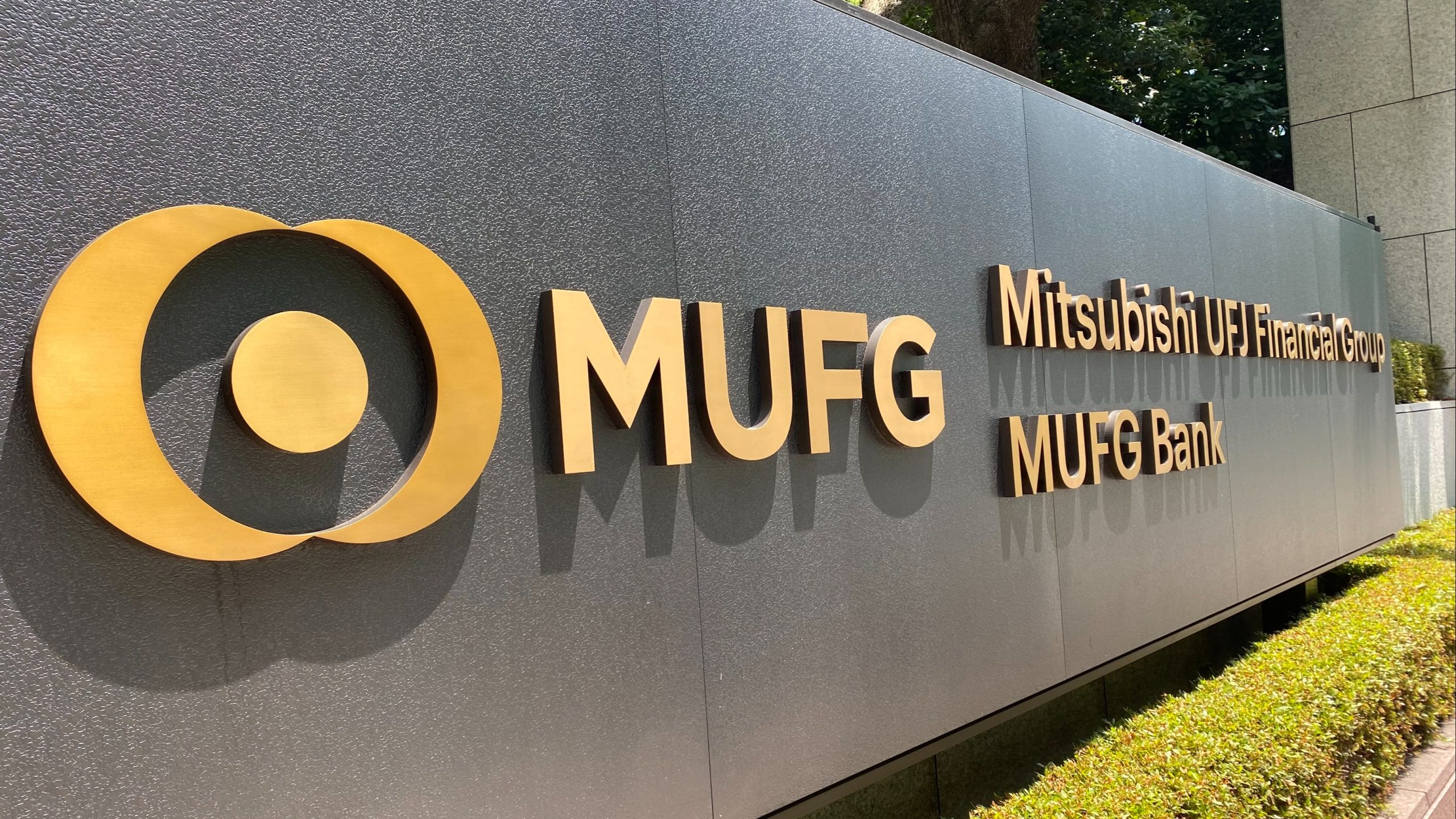Join Our Telegram channel to stay up to date on breaking news coverage
In a move that could likely reshape the global financial landscape, Japan’s largest bank, Mitsubishi UFJ Financial Group Inc. (MUFG), is reportedly in talks with multiple parties to issue global stablecoins.
The development comes as the bank is on the move to leverage the benefits of blockchain technology and digital currencies to enhance its operations and expand its reach in the digital economy.
🇯🇵 MUFG, the country’s largest bank, is currently in talks to issue global #stablecoins.
With #Japan‘s stablecoin legislation in effect since June 1, #MUFG aims to leverage its Progmat #blockchain platform for seamless token minting. pic.twitter.com/8D0RZOHepA
— Kunal (@MaskaCrypto) June 23, 2023
On June 1, Japan passed its stablecoin bill, allowing the nation’s licensed banks, trust companies, and registered money transfer agents to issue stablecoins. The law designates these assets as “digital money”.
The law specifies that stablecoins should be linked to the Yen or another legal tender. It should also guarantee holders the right to redeem them at face value.
However, it is essential to note that the law does not touch upon existing asset-backed stablecoins from overseas issuers like Tether.
Stablecoin Issuers and Users Can Now Have a Sense of Security
MUFG is currently engaged in talks with multiple parties to utilize its blockchain platform, Progmat, for the purpose of minting stablecoins linked to foreign currencies, such as the U.S. dollar.
According to a Bloomberg interview with Tatsuya Saito, the Vice President of Product at MUFG, stablecoin issuers and users can now have a sense of security thanks to the implementation of relevant legislation.
By issuing stablecoins, MUFG is looking at a point where it can provide a digital currency solution that offers stability, security, and scalability for both retail and institutional customers.
The move is a significant indication of the bank’s broader strategy to adapt to the changing financial industry, capitalizing on the growing popularity of digital assets.
Tatsuya Saito, Vice President of Product at MUFG, emphasized the increased security and confidence in stablecoin usage following the new legislation.
— XAUUSD (@hatedUgandan) June 23, 2023
Stablecoins continue to gain significant traction, mainly because of their ability to mitigate the volatility associated with cryptocurrencies like Bitcoin. They are designed to maintain a stable value, usually pegged to $1, and are backed by reserves such as cash and bonds. Currently, approximately $130 billion worth of stablecoins are in circulation.
Many regulators are scrutinizing stablecoins due to their increasing popularity.
However, in Japan, the introduced legislation aims to promote the use of stablecoins fully backed by fiat cash in a corresponding currency, ensuring greater stability and transparency.
Using Progmat to Issue Security Tokens
According to Saito, Japanese banking giant MUFG is thinking of a use case for its Progmat as a way of issuing tokens for third parties. Currently, the bank has no plans to float its own stablecoin.
Progmat is also involved in the regulations related to stablecoins issuance. As the new legislation comes into force, it is poised to support the issuance of stablecoins, which are pegged to $JPY, $USD, etc., on public blockchains such as @Ethereum and @Cosmos.
— TOKI 🐦 (@tokifinance) June 13, 2023
Saito added that discussions with entertainment firms, non-financial businesses, and a group of financial firms about stablecoins are ongoing. There are also inquiries coming from overseas economic groups. As such, it is a clear indication that Japan could establish itself as the hub for issuing stablecoins.
Other firms in Japan’s banking space have also been testing stablecoins. Recently, three Japanese banks, namely Tokyo Kiraboshi Financial Group, Minna Bank, and Shikoku Bank, came together to experiment with stablecoin payments.
The bank’s initiative comes as several central banks worldwide are exploring the development of their digital currencies, the central bank digital currencies (CBDCs).
MUFG’s stablecoins would likely operate on a decentralized blockchain network, providing users with greater autonomy and flexibility. This is a critical difference from CBDCs, which are controlled by central authorities.
Additionally, there has been a noticeable relaxation of crypto regulations in Japan, including token listing and taxation, further solidifying the positive progress in the crypto industry.
MUFG’s stablecoin project could be a key catalyst for other financial institutions to enter the digital currency space. It could pave the way for digital currencies to coexist with traditional financial systems. This will reshape how people transact and store value.
Related News
- Japan’s Crypto Exchanges Rally for 10x Leverage on Margin Trading: Bloomberg
- Powell Stresses Importance of Federal Oversight for Stablecoins, Affirms Crypto’s Lasting Influence
- Berenberg Predicts SEC’s Focus to Shift to Stablecoins and DeFi in US Crypto Crackdown
- Crypto Market Faces Major Crash but These Resilient Coins Are Defying the Trend – What You Need to Know
Best Wallet - Diversify Your Crypto Portfolio
- Easy to Use, Feature-Driven Crypto Wallet
- Get Early Access to Upcoming Token ICOs
- Multi-Chain, Multi-Wallet, Non-Custodial
- Now On App Store, Google Play
- Stake To Earn Native Token $BEST
- 250,000+ Monthly Active Users
Join Our Telegram channel to stay up to date on breaking news coverage


